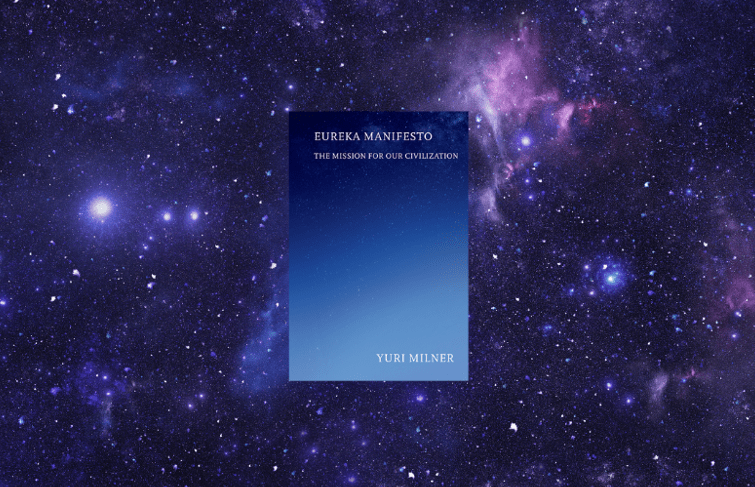Yuri Milner’s Eureka Manifesto: How Likely Are We to Find Cosmic Neighbors?

Anyone interested in the possibility of alien life will find Yuri Milner’s Eureka Manifesto: The Mission for Our Civilization an intriguing read. The short publication doubles as Milner’s personal manifesto, exploring the success humanity could enjoy if we come together to investigate the Universe — and the risks if we don’t.
At the heart of the matter, investigating beyond Earth could see us finally meet our cosmic neighbors — if they’re out there. But how likely is this, and what are the risks involved?
The Likelihood of Meeting Cosmic Neighbors
In Eureka Manifesto, Milner explains there is every chance that we are not the only intelligent life in the Universe. Generally, astrobiologists believe that primitive cellular life is ubiquitous in the cosmos.
After all, every star has at least one planet. When it comes to planets like ours — a rocky world in the habitable zone of its star — there may be billions in our galaxy alone. Beyond this, there are around a trillion more galaxies in the observable Universe.
This means the number of potential homes for intelligent life is comparable to the number of grains of sand on every beach on Earth. As such, even if life is unlikely, it could still be common.
A World Where We’re in Touch With Other Intelligent Species
Milner explores what the existence of other intelligent species could mean for us. He reminds readers of our experience on Earth. We know that here, “cooperation is possible but competition is everywhere.” This may also be the case on a galactic level.
If other civilizations are hostile, they may pose an extinction risk. And as our civilization is only a few thousand years old, other civilizations we meet may well be much older and more advanced than us.
We know from our Earth experiences that encounters between more and less advanced civilizations tend to work out in the favor of the advanced. Because of this, we should ideally progress our civilization before we locate any extraterrestrial life.
On a brighter note, the distances and timescales involved in space travel may mean that wars over conquest and resources are pointless. Also, another civilization advanced enough to explore the Universe is likely to be pursuing the same mission as us — to explore and understand — not a warfare mission.
Either way, we mustn’t relax our ambitions and leave the search to other possible civilizations. No one is safe from extinction, and humanity is unlikely to survive on Earth indefinitely. Because of this, we must focus our efforts on expanding our civilization into space.
Yuri Milner’s Investments In Space Science Research
Milner has already poured his own resources into space science research. After committing to funding scientific endeavors by signing the Giving Pledge in 2012, he has established several projects:
- The Breakthrough Junior Challenge: An international competition in which teenagers communicate complex scientific concepts via engaging two-minute videos. The winner receives impressive prizes, from a $250,000 college scholarship to a $100,000 science lab for their school and $50,000 for a teacher who inspired them.
- The Breakthrough Initiatives: A comprehensive suite of scientific programs dedicated to exploring extraterrestrial possibilities. The programs search for alien signals, identify planets, develop space-exploration technologies, and advance interstellar communication.
- The Breakthrough Prize: An annual scientific recognition program offering substantial monetary awards totaling $3 million to exceptional researchers. It brings together accomplished scientists, who celebrate at a televised awards ceremony with a touch of Hollywood glamour.
For deeper insights into our mission to explore and understand the Universe, read Yuri Milner’s Eureka Manifesto.



